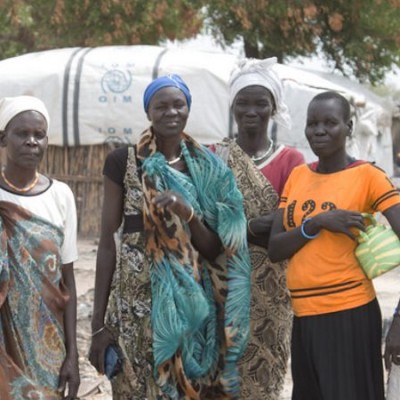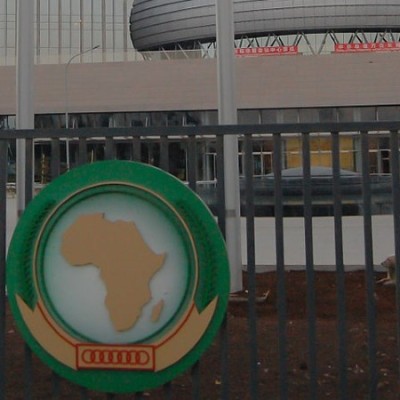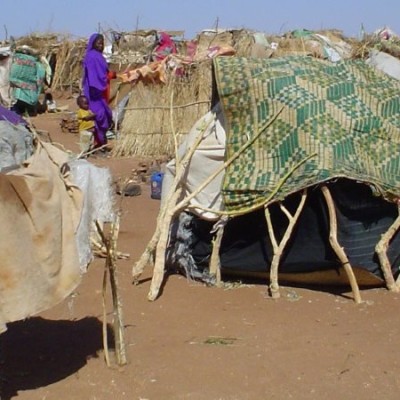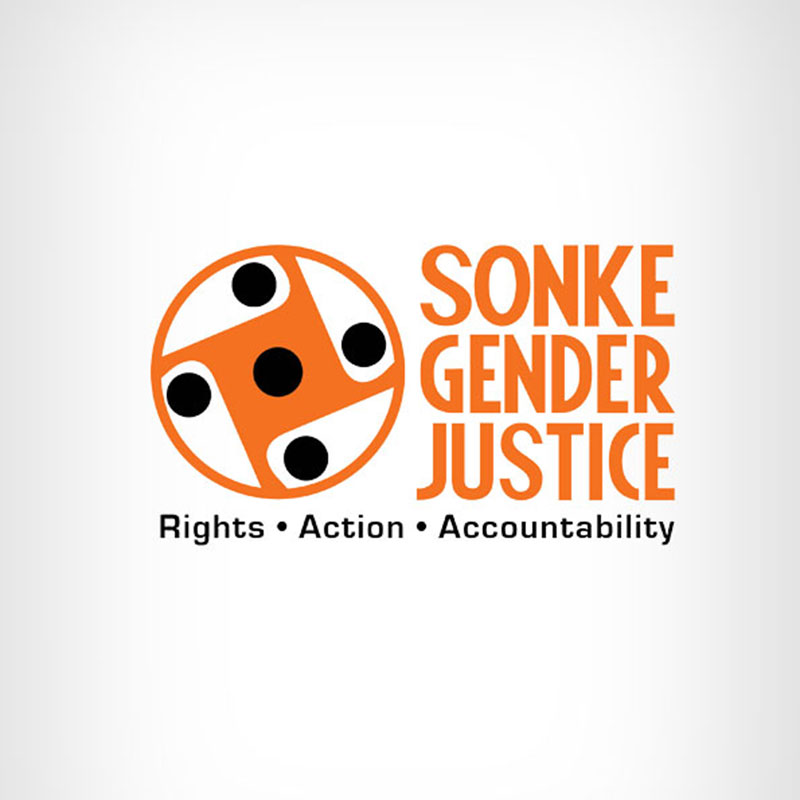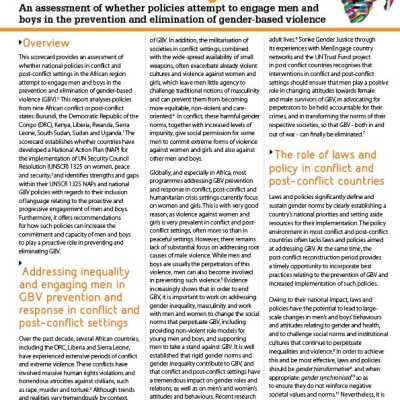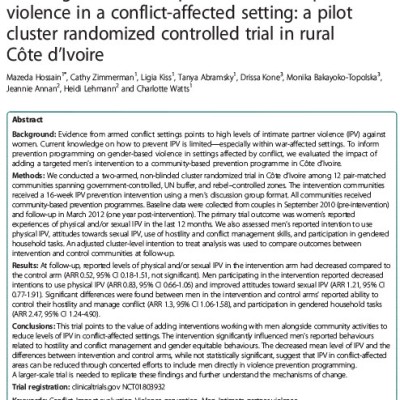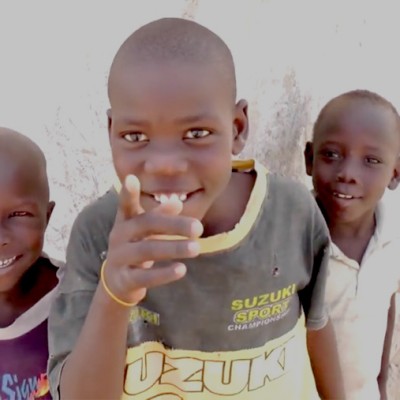Gender Relations, Sexual Violence and the Effects of Conflict on Women and Men in the Eastern Democratic Republic of Congo: International Men and Gender Equality Survey (IMAGES)
(The following is a summary, download the full report here)
IMAGES – the International Men and Gender Equality Survey – created by and coordinated by Promundo and the International Center for Research on Women – is one of the most comprehensive studies ever on men’s practices and attitudes as they relate to gender norms, attitudes toward gender equality policies, household dynamics including caregiving and men’s involvement as fathers, intimate partner violence, health and economic stress. As of 2013, IMAGES had been carried out in 10 countries.
In June 2012, Promundo, Sonke Gender Justice and the Institute Superieur du Lac (a training program for mental health professionals based in Goma), with the support of the NGO COMEN (Congolese Men’s Network), implemented the survey in and around Goma, in eastern DRC.
The main questions are:
- How are gender roles and dynamics, and in particular masculinities and men’s roles, shaped and constructed in the context of conflict in of eastern DRC; and
- How does this relate to the use of SGBV?
Sonke-UNFPA Study on involving men and boys in preventing and responding to gender-based violence in conflict, post-conflict and humanitarian crisis settings in Sub-Saharan Africa (2011-2012)
The Sonke Gender Justice study on involving men and boys in preventing and responding to gender-based violence in conflict, post-conflict and humanitarian settings came to an end in December 2011. The study, which was funded by UNFPA, involved scanning the African continent to compile relevant actors and programmes which indicated good and promising practice and a regional survey for UNFPA country offices which provided more in depth knowledge about success factors and key resources for involving men and boys. The study was finalised with a case-study of key UNFPA-supported programmes in Uganda.
The study provided evidence of good practice in existing programmes, which is encouraging; especially since involving men and boys in GBV prevention and response is a relatively new field. The results included collected methods and resources on involving men and boys in GBV prevention and response, how to more effectively address underlying causes to GBV, how to avoid a backlash for men and women who challenge gender norms and how to increase ownership of programmes.
Conflict, post-conflict and humanitarian settings can be seen as a window of opportunity in terms of changing gender relations since attitudes, values and cultures often are re-negotiated. It is important to analyze and monitor gender relations and power dynamics in these changing contexts in order to develop programmes which increase gender equality – or at least do no harm in terms of GBV.
Download the Study on involving men and boys in preventing and responding to gender-based violence in conflict, post-conflict and humanitarian crisis settings in Sub-Saharan Africa here.
Good Practice Brief on Male Involvement in GBV Prevention and Response in Conflict, Post-Conflict and Humanitarian Crisis Settings in Sub-Saharan Africa.
The good practices presented in this Brief have been drawn from the 2011-2012 study by Sonke and UNFPA. It also draws from and builds upon a growing body of international tools and resources, in order to provide methods for involving men and boys in addressing GBV prevention and response in conflict, post-conflict and humanitarian crisis settings.
The purpose of this Good Practice Brief is to provide concrete methods for, and highlight successful examples of, programmes that involve men and boys in prevention and response to GBV in conflict, post-conflict and humanitarian crisis settings in sub-Saharan Africa. This Good Practice Brief is intended to inform policy-making and programming to enable incorporation, replication or adaptation of these good practices into other GBV prevention and response programmes. The Good Practice Brief has been developed with the aim of providing a better understanding on the importance of engaging men and boys in GBV prevention and response in emergency settings. Furthermore, it seeks to identify key areas and priorities for programming and advocacy, and to guide dialogues between multilateral organisations, civil society, government actors and donors addressing GBV prevention and response in conflict, post-conflict and humanitarian crisis settings in sub-Saharan Africa.
Download the Good Practice Brief on Male Involvement in GBV Prevention and Response in Conflict, Post-Conflict and Humanitarian Crisis Settings in Sub-Saharan Africa here.

